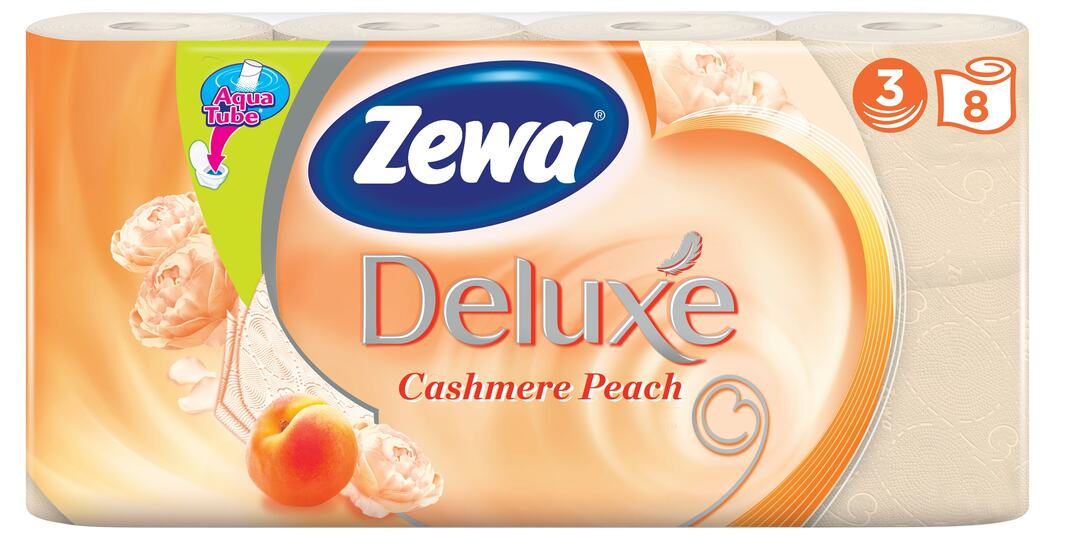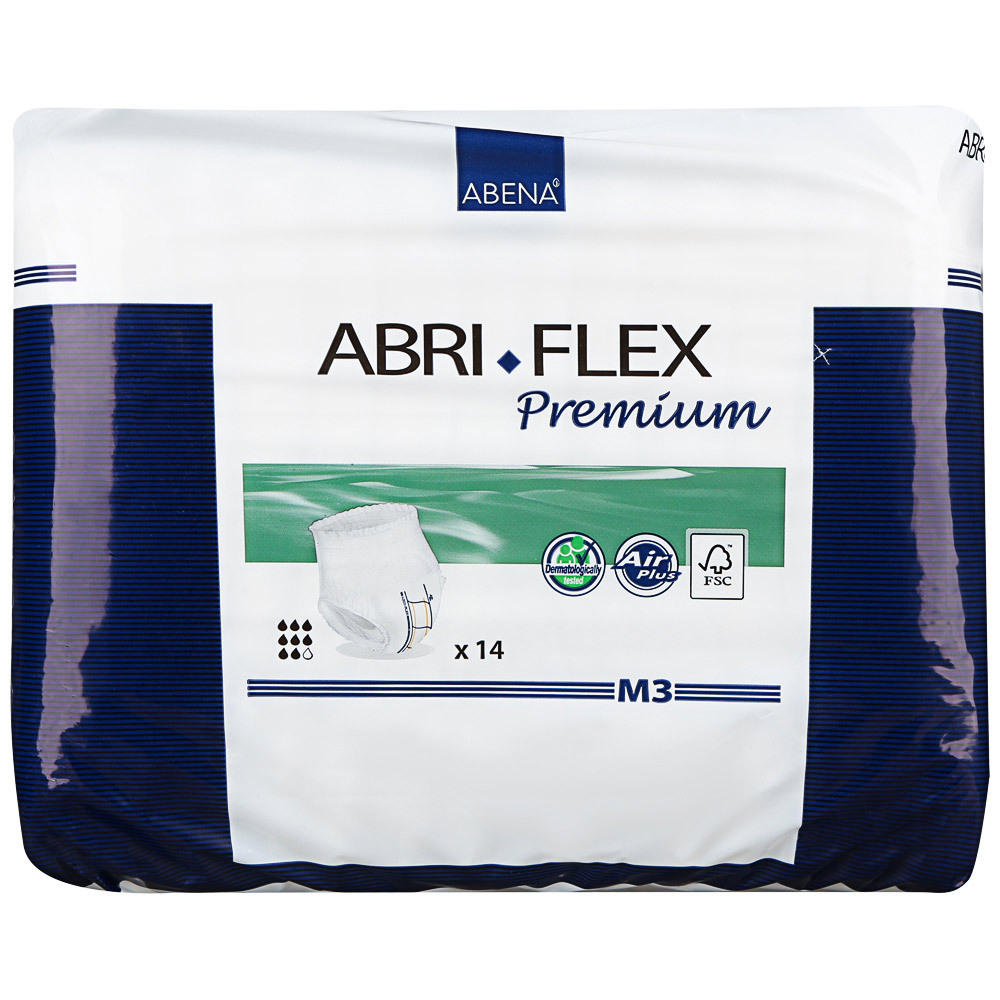The house is protected from natural precipitation not only by a good roof, but also by a good waterproofing of the roof.
Today there are several options for waterproofing the roof. Next, 2 types will be considered:
- Sprayed liquid;
- Roll waterproofing.
According to the material of manufacture, the roll is divided:
- Bituminous - a compound of metal-containing derivatives, has a solid resin-like structure.
- Polymer - reinforced polyethylene.
The peculiarity is that they allow you to create a minimum of joints between the canvases. Installation is not difficult and does not require special tools.
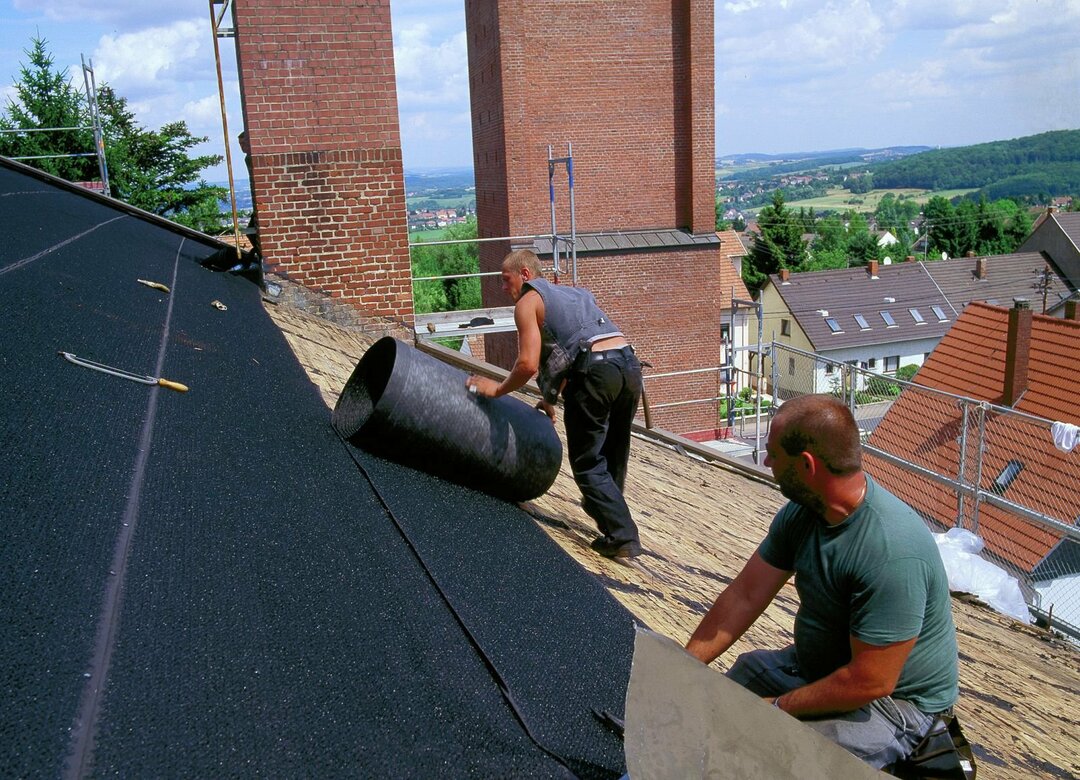
You can buy a huge selection of waterproofing for all types of work in ICRP!
Advantages of roll materials
- Excellent moisture-proof properties, moisture resistance;
- Can be used for waterproofing curved roofs, with a slope;
- No special surface preparation required;
- Fast, uncomplicated installation;
- Resistance to temperature extremes, high, low temperature conditions.
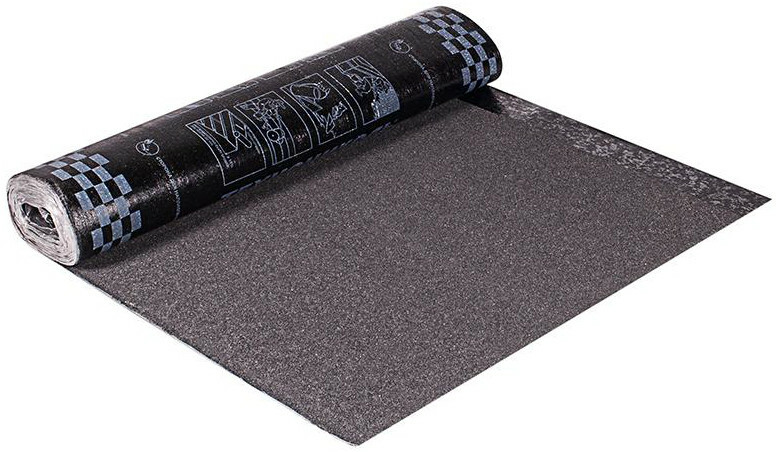
By types of attachment to the surface, it is divided into:
- Weldable - material with a rigid base. The base is hard to bend (fiberglass, polyester). An astringent coating is applied on top of the base (bitumen, bitumen with polymers, with artificial rubber). It is easy to install and has a low price tag. Laying is done with hot air, which ensures the tightness of the joints.
- With mechanical fixation - a modern, higher quality analogue of roofing material. Attached to the base with self-tapping screws and overhead strips. The material itself is strong, of high quality, but the connection cannot ensure tightness at the joints.
- Sticky. This method of fastening consists in the fact that a material with a rigid base (polyvinyl chloride or fiberglass) is laid on a base on which glue or mastic is applied. No additional tools and skills are required, however, experts recommend laying the material in several layers (even up to 5 layers) for the reliability of waterproofing.
Spray-on liquid waterproofing
Liquid waterproofing today, like many hundreds of years ago, is relevant. It is based on resins, tar, supplemented with modern polymer additives, which make the material high-quality, durable and safe.
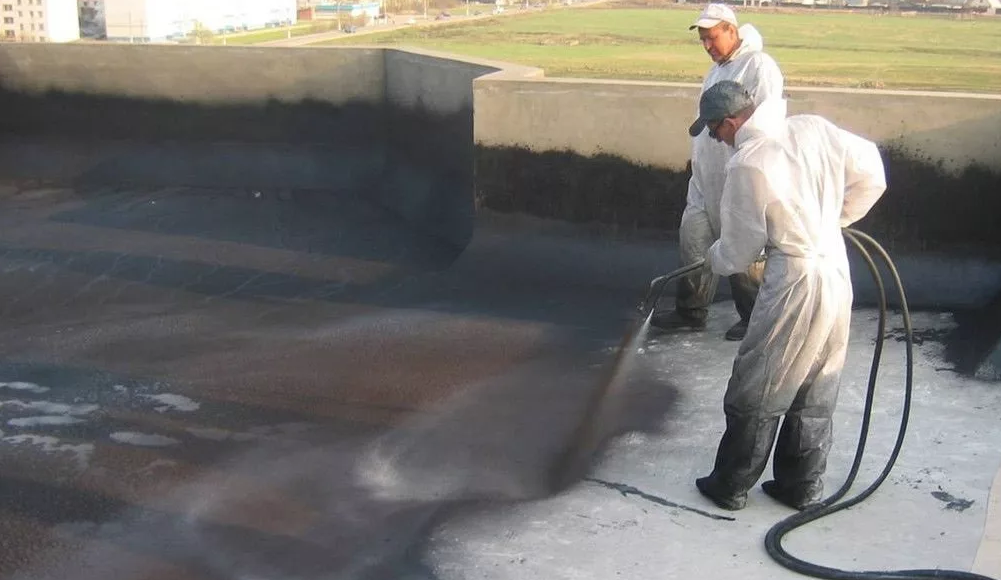
Views
They are able to penetrate into pores, gaps between building and finishing materials, thus improving moisture-proof properties.
- Bitumen based waterproofing is a mixture of natural and petroleum resins. Not recommended for use on a roof without additional topcoat. From direct sunlight, bitumen in this state is capable of melting, which violates the integrity of the waterproofing and leads to deformation of the roof.
- Liquid glass is completely mineral, that is, inorganic material, inert to temperature changes. Its advantage is not only universal waterproofing, but also that the liquid glass hardens the surface after solidification.
- Liquid rubber is a polymer-bitumen composition based on a latex emulsion. Rubber, polymers add resistance to temperature changes to bitumen. Bitumen provides waterproofing on the surface, while latex penetrates inside and closes the pores. Liquid rubber has excellent adhesion and stretchability.
- Polymeric. A mixture of liquid glass, latex, cement. This combination provides good adhesion, deep penetration into the pores of the building material, resistance to temperature extremes. The polymer mixture can be applied to an undried surface, it retains some elasticity of rubber, which a separate liquid glass does not have.
Thus, there are materials for roof waterproofing, different in composition, method of application or installation. Each of them can be used in different natural, climatic conditions, on different types of surfaces.

